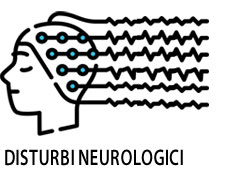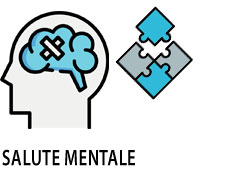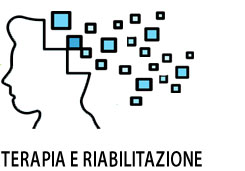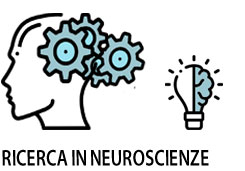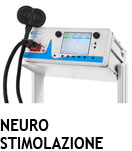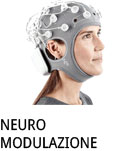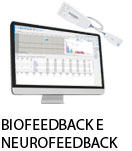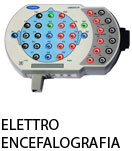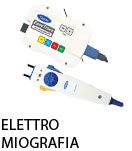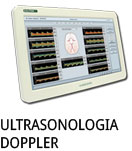- +39 011 5821948
- info@geasoluzioni.it
- Lun - Ven 8:00 - 17:30
Pubblicazioni
Cerebellar, but not Motor or Parietal, High-Density Anodal Transcranial Direct Current Stimulation Facilitates Motor Adaptation
- Abstract:
- OBJECTIVES: Although motor adaptation is a highly relevant process for both everyday life as well as rehabilitation many details of this process are still unresolved. To evaluate the contribution of primary motor (M1), parietal and cerebellar areas to motor adaptation processes transcranial direct current stimulation (tDCS) has been applied. We hypothesized that anodal stimulation of the cerebellum and the M1 improves the learning process in mirror drawing, a task involving fine grained and spatially well-organized hand movements. METHODS: High definition tDCS (HD-tDCS) allows a focal stimulation to modulate brain processes. In a single-session double-blind study, we compared the effects of different anodal stimulation procedures. The groups received stimulation either at the cerebellum (CER), at right parietal (PAR), or at left M1, and a SHAM group was included. Participants (n=83) had to complete several mirror drawing tasks before, during, and after stimulation. They were instructed to re-trace a line in the shape of a pentagonal star as fast and accurate as possible. Tracing time (seconds) and accuracy (deviation in mm) have been evaluated. RESULTS: The results indicated that cerebellar HD-tDCS can facilitate motor adaptation in a single session. The stimulation at M1 showed only a tendency to increase motor adaptation and these effects were visible only during the first part of the stimulation. Stimulating the right parietal area, relevant for visuospatial processing did not lead to increased performance. CONCLUSIONS: Our results suggest that motor adaptation relies to a great extent on cerebellar functions and HD-tDCS can speed up this process.
- Patologie/Applicazioni:
- Anno:
- 2016
- Tipo di pubblicazione:
- Articolo
- Parola chiave:
- hd-tdcs
- Testata scientifica:
- Journal of International Neuropsychological Society
- DOI:
- 10.1017/S1355617716000345
La nostra storia
GEA soluzioni si affaccia nel 2013 al mercato della strumentazione medicale di alto livello tecnologico ma la sua storia parte da più lontano, clicca qui per approfondire.
GEA SOLUZIONI SRL
via Issiglio 95/10, Torino
Tel.: 011 5821948 / 011 4463853
Fax: 011 0433281
Email: info @ geasoluzioni.it
P. IVA IT11696920013
REA TO1233648

